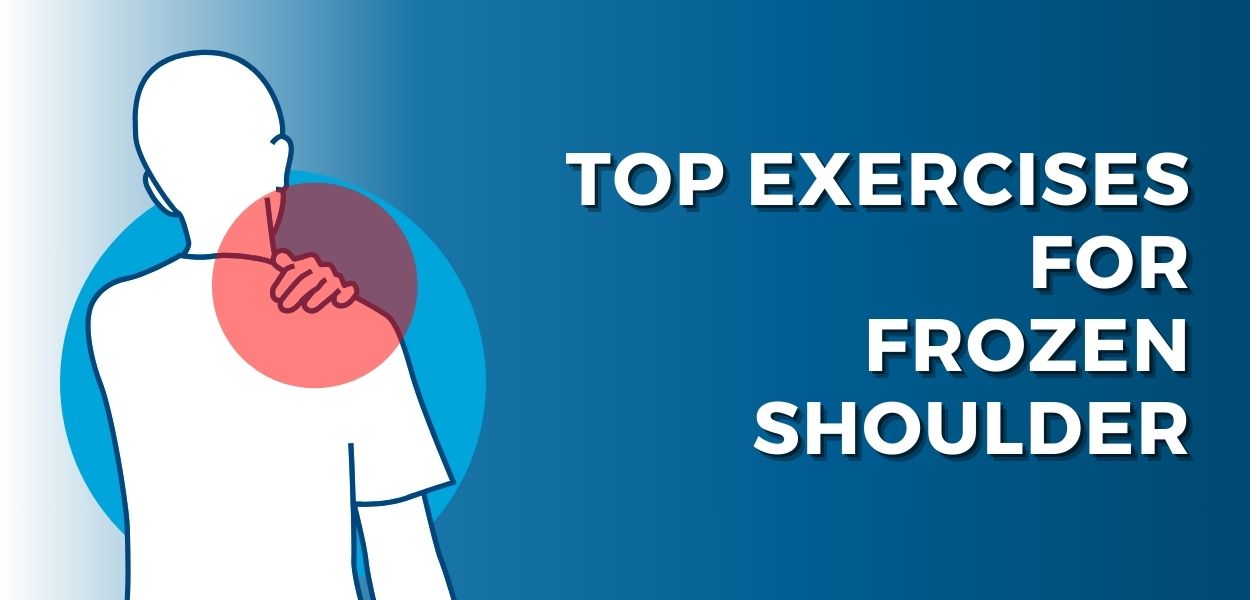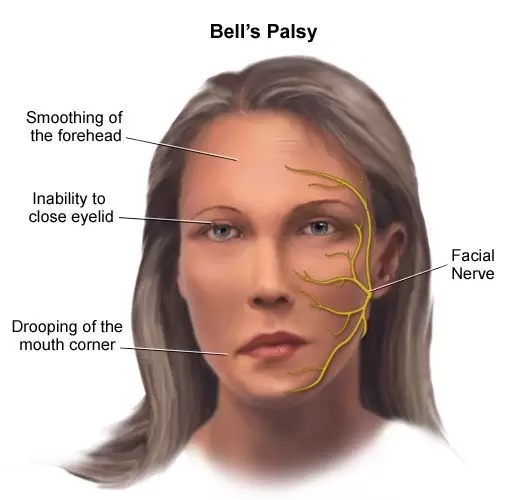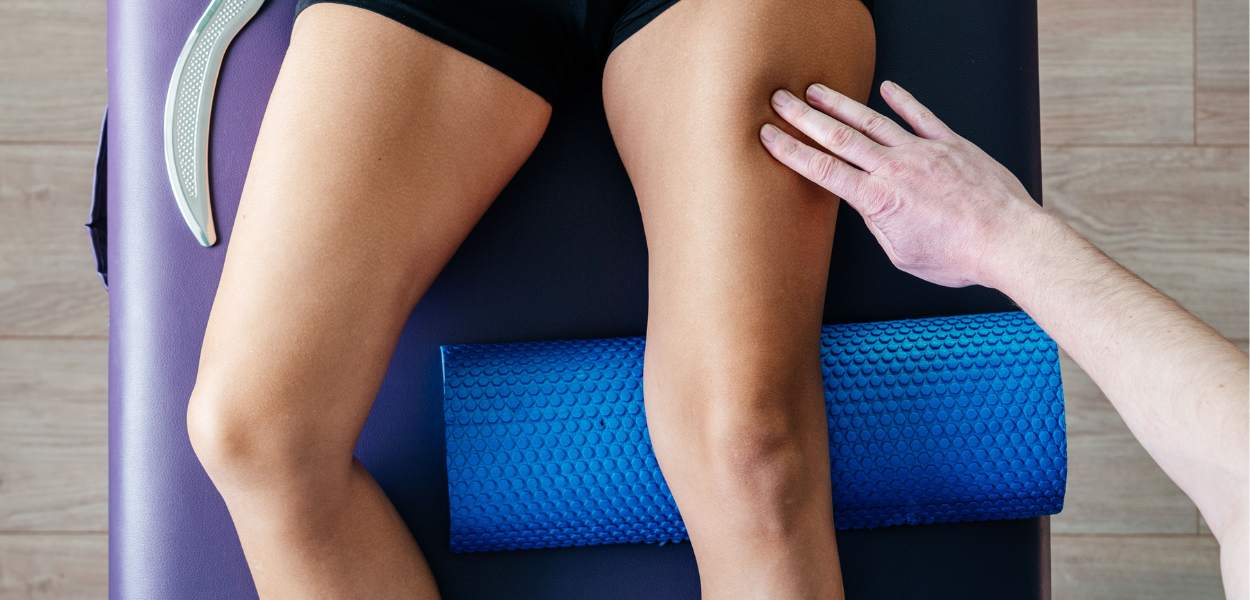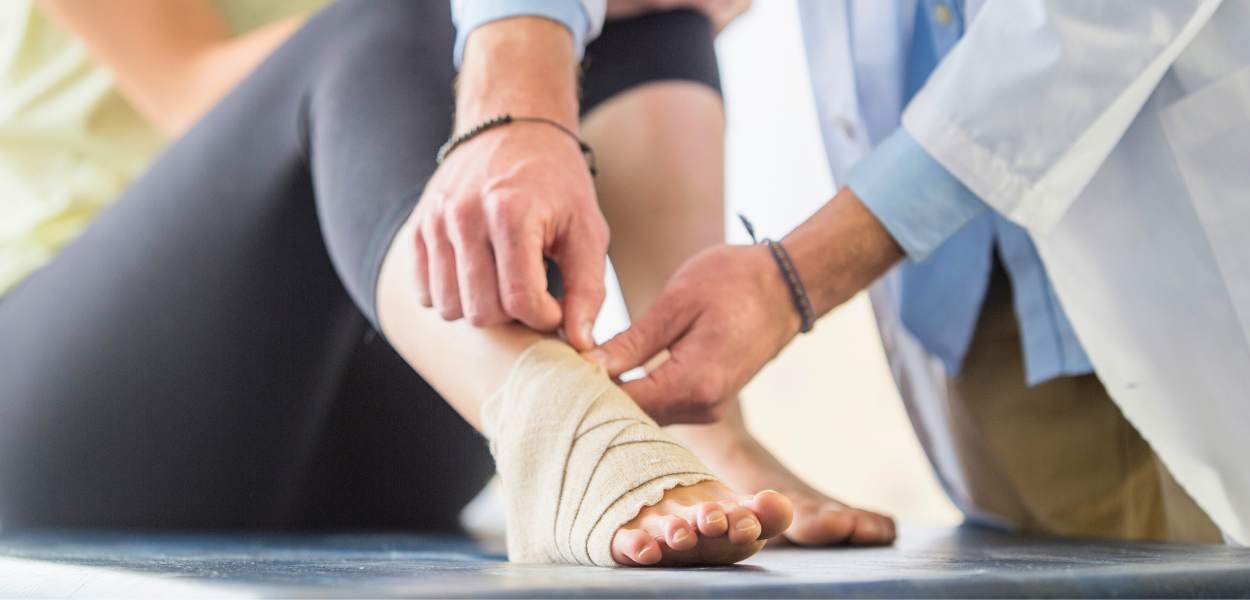Exercises for Frozen Shoulder Rehabilitation

If you’ve experienced the frustrating stiffness, pain and limited range of motion in your shoulder (like it’s stuck in place), it might be frozen!
Frozen shoulder, also known as adhesive capsulitis, is a condition that causes pain, stiffness, and loss of normal range of motion in the shoulder joint. Frozen shoulder can last for up to 3 years, and resolves on its own in most cases.
Exercise, stretching and movement can help with frozen shoulder. Physiotherapist Mel Potgieter shares some of the top exercises to manage the pain, mobilize the shoulder joints and help you get back your shoulder movement.
How Do Exercises Help With Frozen Shoulder?
Regular shoulder exercises and stretches can provide pain relief and improve the lack of mobility that arises from frozen shoulder syndrome.
By increasing blood flow to the area, your muscles can relax and inflammation will improve. This can reduce swelling and tenderness, not just in the shoulder, but also in the surrounding area.
Top Rehabilitation Exercises for Frozen Shoulder
Firstly, please listen to your body and do not push yourself into pain when trying each of the movements we share below. If you experience pain when attempting these exercises, or if the pain gets worse, stop immediately and consult your physiotherapist.
Shoulder Flexion
In this exercise, you are trying to guide the affected arm using your other arm and the stick. Try to relax the affected arm as much as possible.
Get into a lying position and take a stick or broom with both hands.
Using the unaffected arm predominantly, guide the stick overhead to the point of comfort and slowly return to the start posture
External Rotation
This exercise can be performed lying down, seated or standing up.
Bend the elbow 90 degrees so that hands are facing forward, hold both ends of the stick
Using the assistance of unaffected hand and stick, rotate the arm outwards/away from the body
Rotate back to starting position. Repeat.
Shoulder Abduction
Start in a lying position, holding the stick with both arms.
Make sure the palm of your affected arm is on the edge of the stick, and the unaffected arm is gripping the stick firmly.
Use your unaffected arm and the stick to push your affected arm out to the side as possible until there is pain.
Briefly hold at top, then slowly return to the start position and repeat.
Shoulder Stabilization with Dumbbell
In a lying position, with your affected arm, lift a dumbbell up before slowly bending your arm back down.
You may also make small up-down, left-right and circular movements at the top position.
Keep your shoulders and upper back on the ground, and move slowly in a controlled manner.
Supine External and Internal Rotations (for Rotator Cuff)
Laying on your back, bring your elbow up and straight out from your shoulder at a 90 degree angle.
Hold the dumbbell straight up, creating a 90 degree bend at the elbow.
Slowly rotate the shoulder back and forth whilst maintain the 90 degree bend in the elbow.
This exercise works the rotator cuff in the shoulders. Try to maintain pure rotation around the shoulder without moving your elbow.
Chest and Shoulder Opener
With your hands and knees on the ground/mat, sit back down towards your ankles so that you feel a stretch in your chest and shoulder.
Hold for 10 seconds before returning to the original position. Repeat the movement 10 times.
Scapular I-U-W-T Stretches with a Foam Roller
Place the foam roller vertically on the floor and lie down along the length of the roller. Make sure your back is fully supported on the roller and your feet are planted firmly on the floor.
Raise your arms overhead to form an “I" shape. Your arms should be straight. Hold that stretch for 5-10 seconds.
From there, pull your arms downwards to form a “U" shape. Your elbows should be bent at a 90 degree angle. Hold that position for 5-10 seconds.
Then move your arms down to form a “W" shape. Hold for 5-10 seconds before moving to the next shape.
Lastly, straighten your arms out to the sides to form a “T" shape. Hold for 5-10 seconds before returning to the original “I" position.
Causes of Frozen Shoulder
The exact cause of frozen shoulder is unknown and not fully understood at the moment, but there are several factors that can contribute to its development. Here are some common causes:
Idiopathic Causes
In many cases, the cause of frozen shoulder is unknown. It can occur spontaneously without any clear triggering event. Certain factors that increase the risk of developing frozen shoulder include age, gender, history of shoulder injuries, systemic diseases such as diabetes and thyroid conditions.
Prolonged Inactivity
Keeping the shoulder joint immobilized for an extended period, such as after a fracture, surgery, or injury, can increase the risk of developing frozen shoulder. Lack of movement can lead to the formation of adhesions and scar tissue within the joint capsule, causing stiffness and restricted mobility.
Shoulder Injury or Trauma
A shoulder injury, such as a rotator cuff tear, can initiate a series of events leading to frozen shoulder. The body's natural response to injury, including inflammation and subsequent healing processes, can contribute to the stiffness that causes frozen shoulder.
Previous Surgeries
In particular, breast cancer surgeries that involve the axillary lymph nodes or radiation therapy, can disrupt the normal structures and tissues surrounding the shoulder joint. This disruption may contribute to the development of frozen shoulder in some individuals.
When Should You See a Physiotherapist for Frozen Shoulder?
It is recommended to see a physiotherapist for frozen shoulder as soon as you experience persistent shoulder stiffness, increasing pain, limited range of motion, impaired function in daily activities, or if you have recently undergone shoulder surgery or have systemic conditions.
Early intervention with a physiotherapist can help prevent further progression of the condition and improve shoulder function and quality of life. They can provide a comprehensive assessment, accurate diagnosis, and develop an individualized treatment plan to address your specific needs and goals.
Need Help with Frozen Shoulder?
At Prohealth Sports & Spinal Physiotherapy Centres, our physiotherapists are highly experienced in managing and treating the symptoms of frozen shoulder.
If you have been experiencing shoulder pain or stiffness, please feel free to contact us for an appointment. Frozen shoulder takes years to recover. If left untreated, the symptoms and discomfort can last a long time and get worse.
Contact Us Today
If you need any physiotherapy treatment or advice, we’re here to help! Contact us today to schedule an appointment with our physiotherapists.
Wellington Street Clinic:
Tel: (852) 2530 0073
WhatsApp: (852) 5542 0407
Jardine House Clinic:
Tel: (852) 2715 4577
WhatsApp: (852) 5422 3760
You may also book your appointment online through the link below:
For any enquiries, contact us at +852 2530 0073, or email appt@sportsandspinal.hk.




